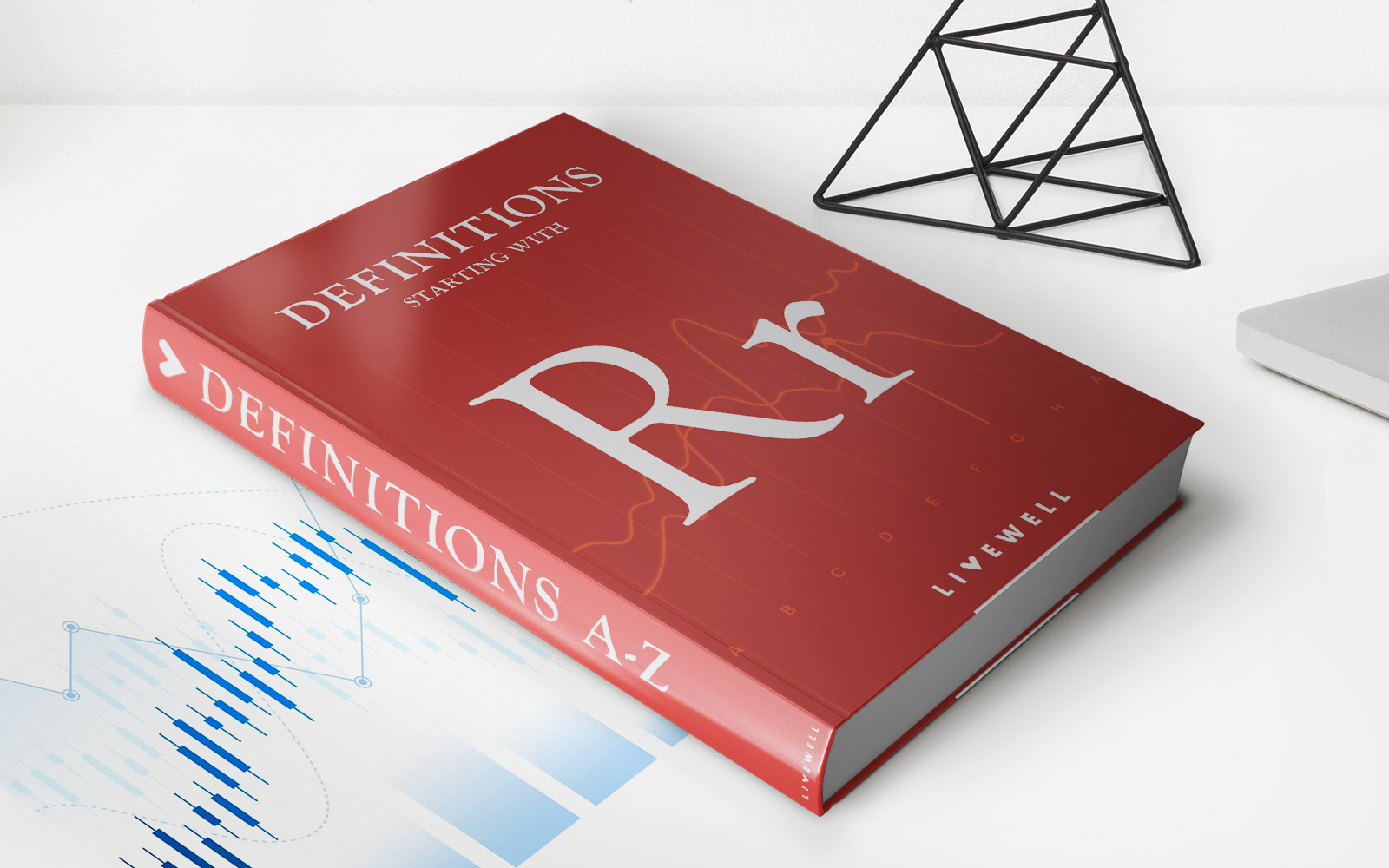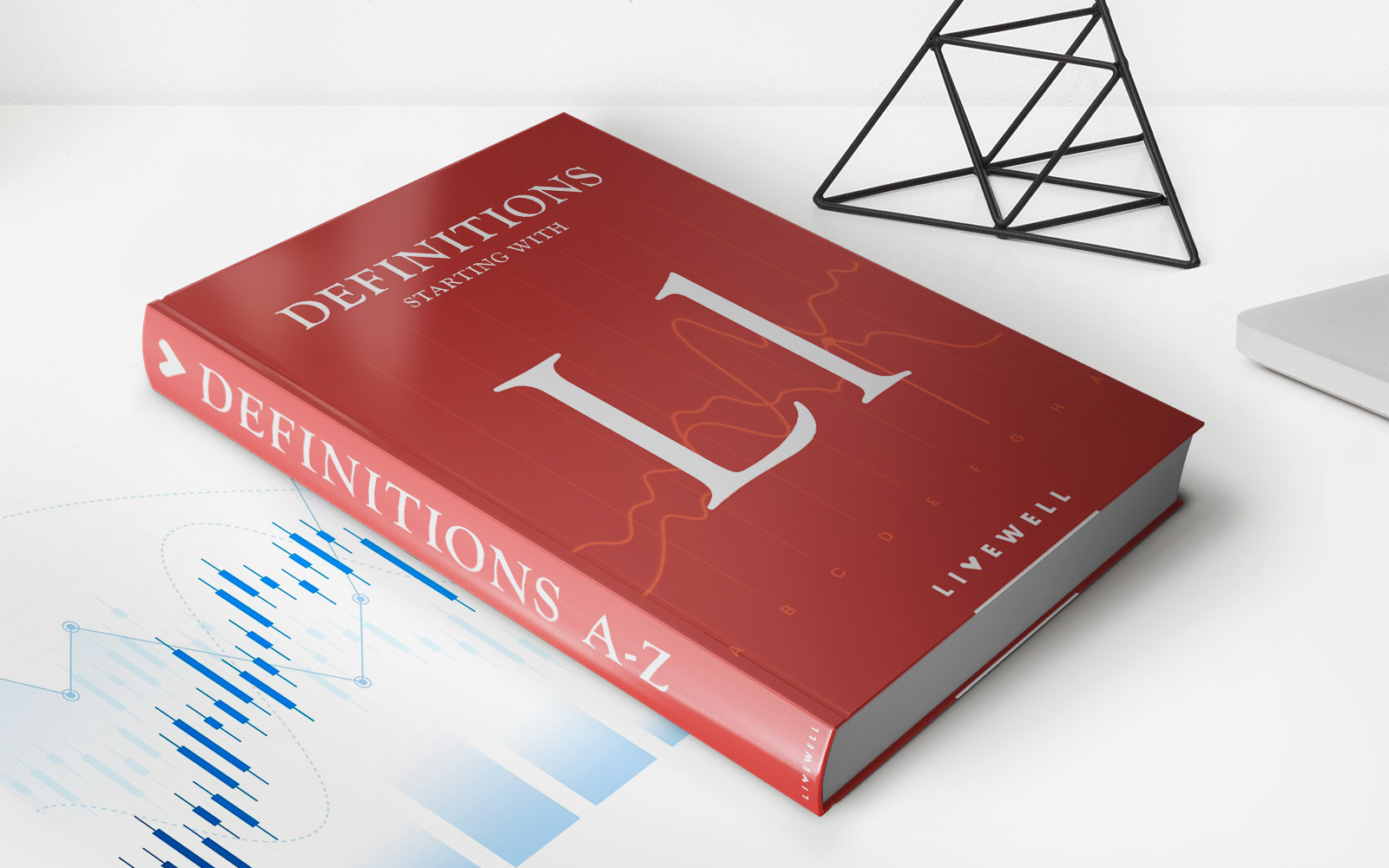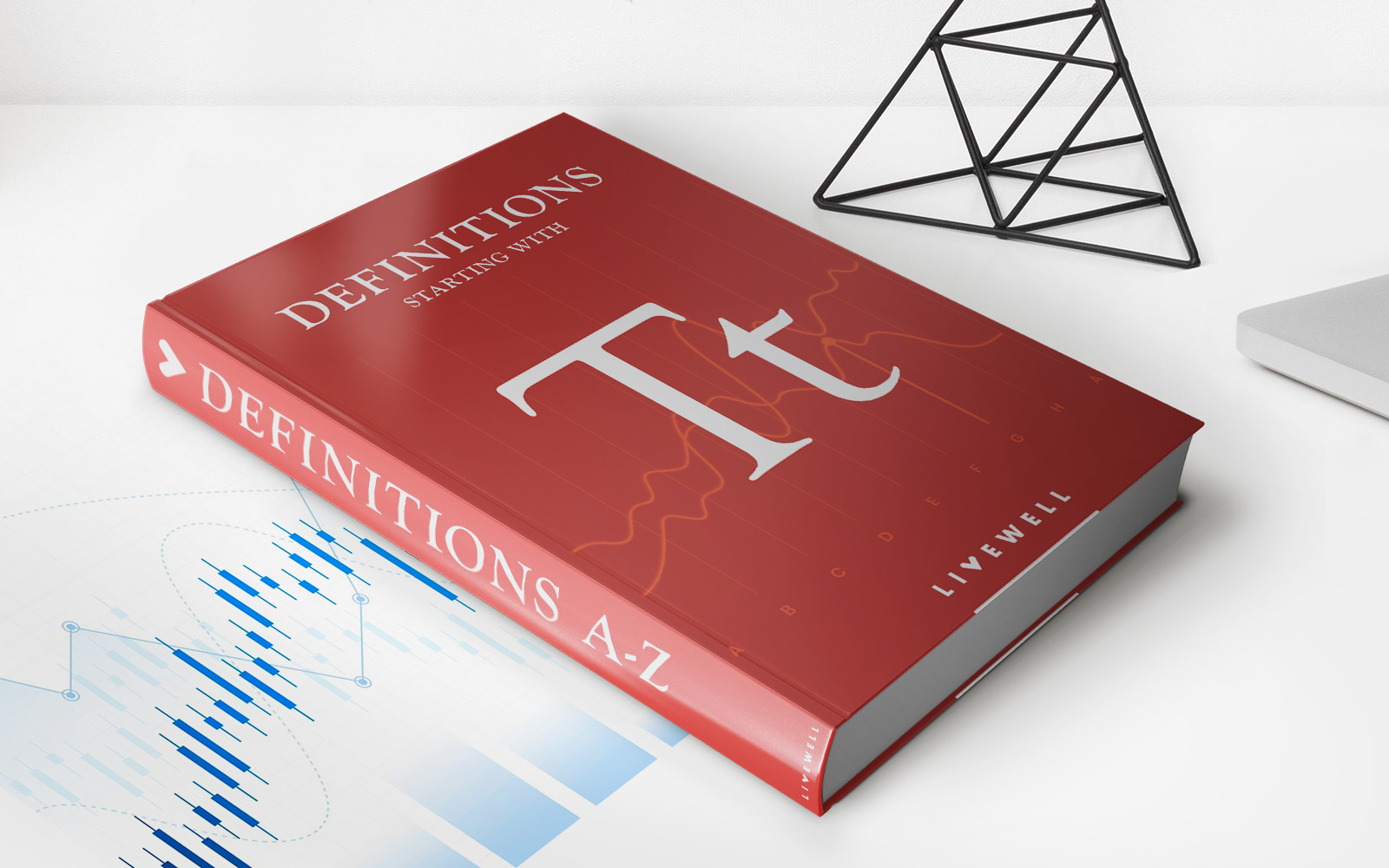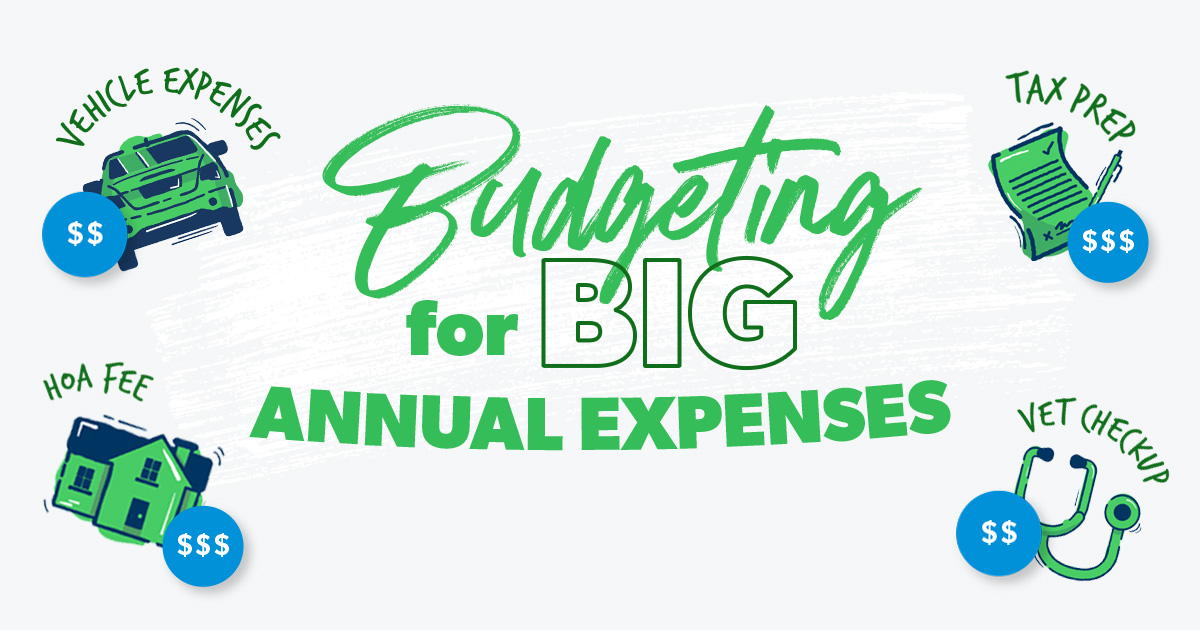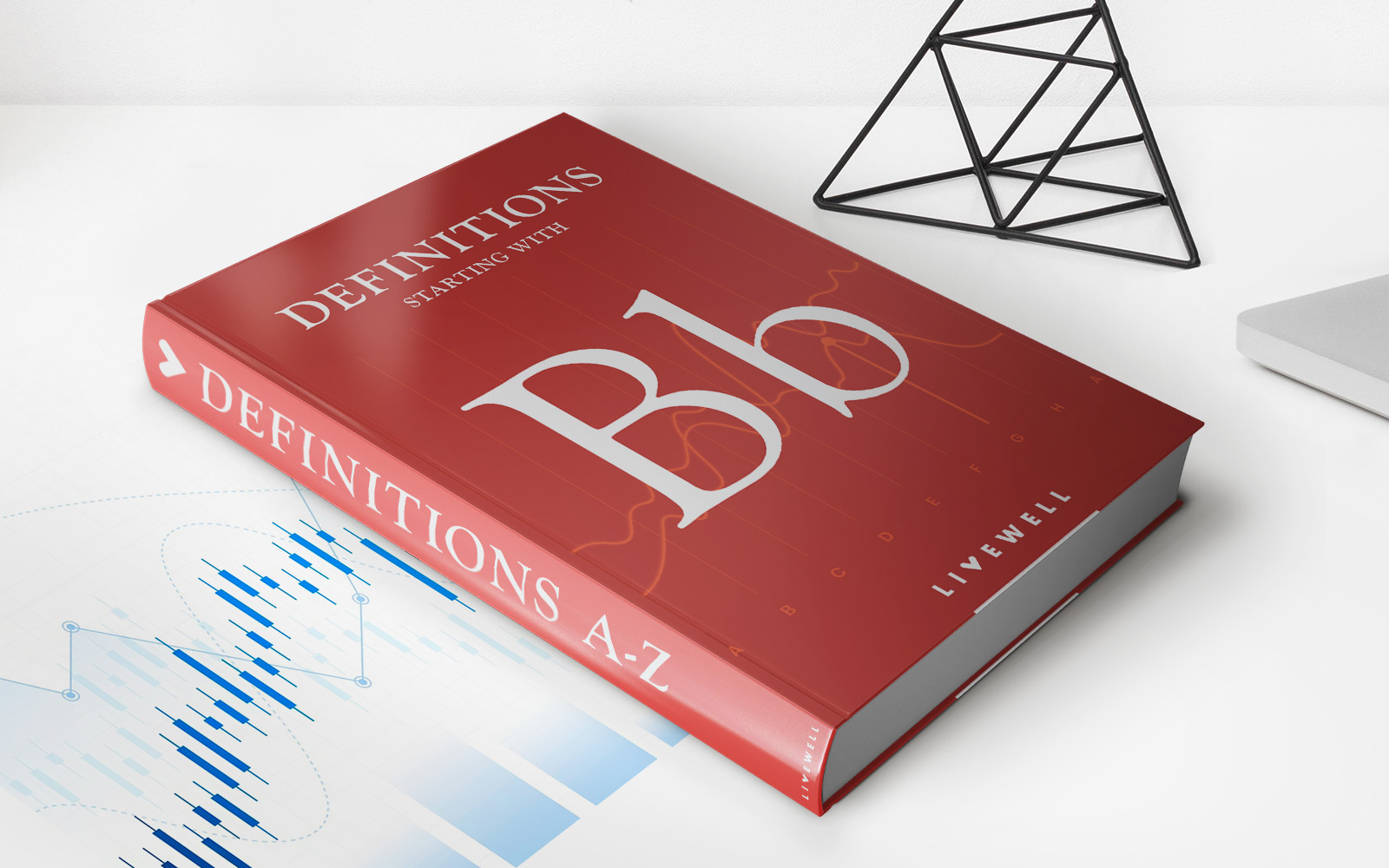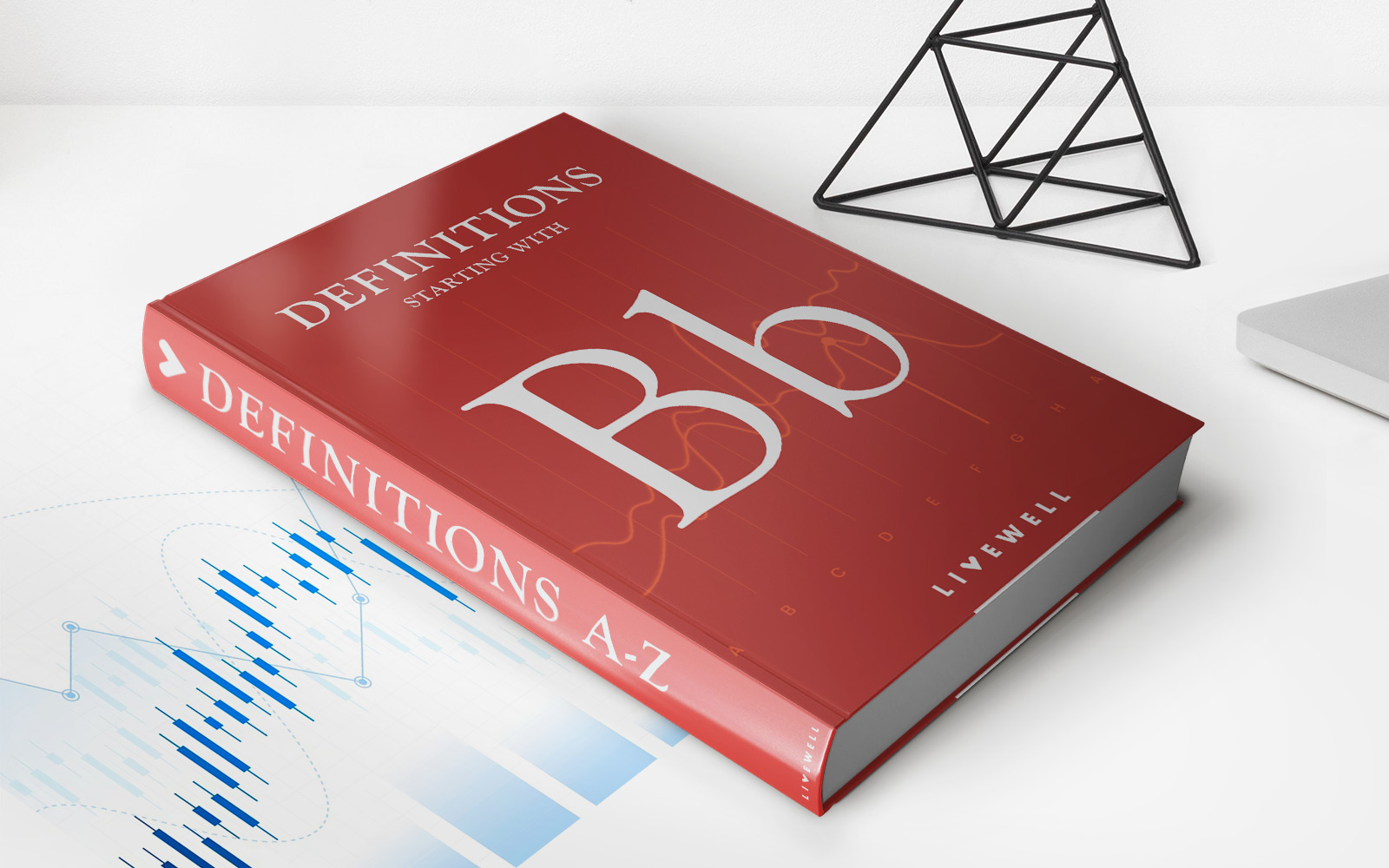

Finance
Borderline Risk (Insurance) Definition
Published: October 18, 2023
Learn the definition of borderline risk in insurance and how it relates to finance. Discover its significance in managing financial risks.
(Many of the links in this article redirect to a specific reviewed product. Your purchase of these products through affiliate links helps to generate commission for LiveWell, at no extra cost. Learn more)
Understanding Borderline Risk (Insurance) Definition: What You Need to Know
When it comes to protecting your financial well-being, insurance plays a crucial role. It provides a safety net that helps alleviate the financial burden when unexpected events occur. However, it’s important to understand the various terms and definitions associated with insurance to make the best decisions for your insurance needs. One such term is borderline risk. In this article, we will delve into what the borderline risk (insurance) definition entails, its significance, and why you should pay attention to it.
Key Takeaways:
- Borderline risk refers to individuals or entities that are considered to have a higher-than-average probability of incurring losses covered by insurance.
- Insurance companies frequently categorize clients into risk classes based on their potential for filing claims and evaluate them using various factors.
So, what exactly does borderline risk mean in the realm of insurance? Borderline risk typically refers to individuals or entities that fall between the standard risk and high-risk categories. While they may not exhibit the same level of risk as those in the high-risk category, they still carry a higher-than-average probability of incurring losses covered by insurance.
Insurance companies assess risk when determining premiums and coverage options for their clients. By categorizing clients into different risk classes, insurers evaluate their potential for filing claims. This evaluation is based on several factors, including but not limited to age, health conditions, occupation, driving records, and the history of insurance claims made by the individual or entity.
Considering that borderline risk individuals or entities have a higher-than-average probability of incurring losses covered by insurance, it’s crucial for insurance providers to carefully evaluate their risk profile. This evaluation helps them determine the most suitable premium rates and appropriate coverage options for borderline risk clients.
Insurance seekers who fall into the borderline risk category should be aware that their premiums may be slightly higher than those for individuals in the standard risk category. However, it’s important to note that premiums for borderline risk individuals may still be lower than those for high-risk clients.
If you find yourself categorized as borderline risk, it’s advisable to approach insurance providers specializing in handling higher-risk clients. These specialized providers may offer tailored coverage options and premium rates suitable for individuals or entities in the borderline risk category.
It’s essential to understand that borderline risk individuals or entities are not automatically denied coverage. Insurance providers assess the risk profile of each client individually and offer coverage based on their evaluation. However, it’s important to be proactive in researching and comparing insurance providers to find the most suitable coverage for your specific needs.
In conclusion, understanding the borderline risk (insurance) definition is crucial when it comes to securing the right insurance coverage and premium rates that suit your needs. Whether you find yourself categorized as borderline risk or you simply want to have a deeper understanding of how insurance companies evaluate risk, being well-informed empowers you to make the best decisions for your financial well-being and peace of mind.
